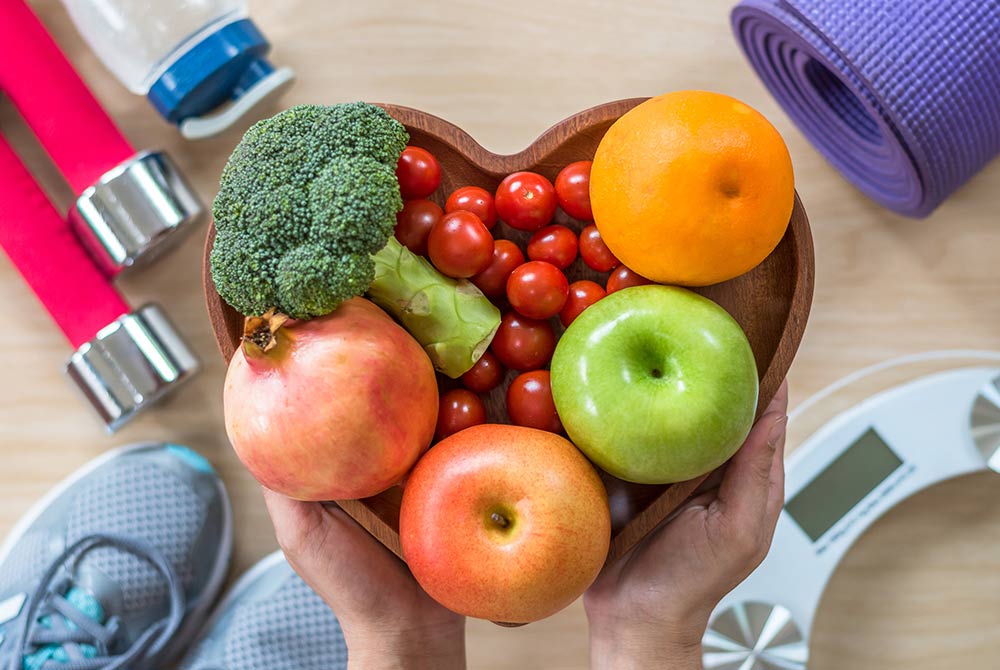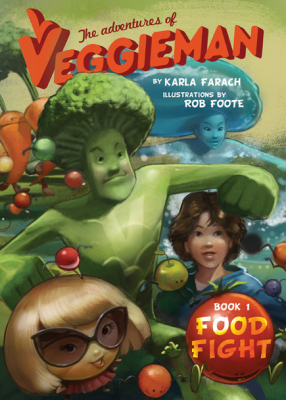
Did you know that junk food is so addictive that it has been compared to substances like nicotine and drugs like cocaine? Alarming, right!? If you’re like one of many parents who struggles to get your child to eat vegetables or other healthy foods instead of processed junk food, you may be wondering how you can actually help your child (and maybe even yourself) stop the addictive cycle of eating junk food. This article is written with just that topic in mind – with tips and resources to help guide your family to better health. The decision to move away from harmful processed foods and toward health-giving whole foods is one of the most important decisions you can make for the present and future health of your family.
It’s important to start with an understanding of what junk food is. Here’s a simple way to think of junk food: if it comes in a box, a bag, can sit on a shelf for months, and includes lots of unfamiliar words in the ingredients list, it is likely it’s highly processed junk food. These food-like substances are low in nutritional value such as vitamins, minerals, and fiber and high in calories, saturated and trans-fat, added sugars, salt, chemicals, preservatives, and other artificial additives. Some of the most common junk foods include pizza, ice cream, cookies, potato chips, breads, cereals, soft drinks, energy drinks, sports drinks, fruit juices, and fast foods.
Highly processed junk foods activate the brain’s reward system, causing it to release a “feel good” chemical called dopamine. This leads to feelings of pleasure, happiness and satisfaction and once those feelings wear off, the body experiences withdrawal symptoms and cravings. This causes a cycle of eating more and more junk food, meanwhile the body becomes less responsive to the effects of dopamine. This dietary pattern can contribute to a wide variety of health issues, including attention deficit hyperactivity disorder (ADHD), depression, anxiety, poor self-esteem, acne, dental cavities, sleep issues, obesity, type 2 diabetes, and cardiovascular disease. That’s why it is so important to stop the junk food cycle and invest in the future of your child’s health through healthy whole foods.
Tip 1: Start by replacing most of the junk food in your home – but consider doing this over a few weeks so your child doesn’t feel deprived or too restricted. Take a day to figure out what you can get rid of and what you’d like to replace over the next few weeks. Then set a limit on the number of treats or processed foods your child can have every day and explain this clearly to your child. Next, set a goal to go through your pantry and refrigerator and get rid of all of the highly processed junk food within a month as you transition to healthier options and alternatives.
Tip 2: Set a good example by having healthy, colorful whole-food options on hand. Lead by example: Parents must model healthy eating patterns and behaviors for their children. You can’t ask your child to eat healthy if you continue to make unhealthy dietary choices yourself. Prepare snacks and meals ahead of time, particularly when you have a busy schedule and know that your kids will need easy-to-grab options. Many parents have found it helpful to plan a few recipes to make each week (double the recipes for leftovers) and prepare them ahead of time. Below is an example of a healthy one-day meal plan. It is important to include food combinations that have protein, fat, and complex carbohydrates (found in whole grains, beans, and starchy vegetables), which will help your child stay full longer, concentrate better, experience better moods, stay energized, and sleep better.
Sample One-Day Healthy Meal Plan
*Substitute ingredients based on child allergies or preferences*
Breakfast: Veggie Fritatta Muffins or Overnight Cinnamon Oatmeal Pancakes
Snack: Baby carrots with hummus or a Banana Zucchini Oatmeal Cup
Lunch: Ground Beef Tacos with Oven Roasted Vegetables
Snack: Berries with a handful of walnuts or Choc-Choc Cherry Smoothie
Dinner: Quick Turkey Meatball & Spanish Soup
Dessert: Chocolate Avocado Pudding
Drinks: Aim for your child drinking at least half of their body weight in fluid ounces of water. If they are 60 lbs, this would mean drinking about 30 ounces of water, or about 2 ½ eight-ounce cups of water per day. A great way to add flavor and color to water includes adding sliced lemon, lime, orange, cucumber, or even a handful of crushed fruit.
Tip 3: Print out and share the Phytonutrient Spectrum Checklist (from the Institute of Functional Medicine) with your child. We like to call this the “Eat a Rainbow a Day Checklist” to encourage kids to eat one item from each colorful food group every day! This can be a fun way for you and your child to learn more about different foods in each group and explore new ways to prepare and cook them. Think of this as an opportunity to learn and establish healthy choices that lead to a healthy future. Check out our Veggieman recipes!
Tip 4: Help children recognize when they are full. Offer your child a gentle reminder to stop eating once they start to feel full, which will help prevent them from overeating and become more in tune with listening to their body’s cues. If your child still feels hungry after a meal, wait 15-20 minutes after they finish eating to check in with how they’re feeling – often times a child will feel satisfied and full once the body starts digesting food. Likewise, help increase your child’s awareness surrounding comfort food – ask them if they are actually hungry or if they are feeling bored or experiencing emotions that you could talk with them about.
Tip 5: Keep a regular meal and snack schedule, which prevents children from getting too hungry between meals and overeating later in the day. Make sure to start the day with a low-sugar breakfast that includes protein, fat, and complex carbohydrates – for example, choose a protein smoothie or healthy pumpkin muffins over a bowl of cereal. Plan to have meals or snacks every 3-4 hours and for the best success, put time into planning and preparing your weekly meals. Involve older children in grocery shopping and meal prepping, as it is a great educational opportunity and it empowers children to make healthy choices.
Bonus tip: Don’t give up on switching to healthier whole foods! Once children have tasted junk food and experienced their brain’s response to these addictive substances, it can be a challenge to get them to eat healthier options. It takes time for a child to get used to new flavors and textures and they may have to try it many times before they will eat it. Just remember that eventually your child will get used to eating these new foods and you are offering them one of the best things you can as a parent: nutritious food that will enable them to live a healthy life!
We hope you’ve found these tips helpful and inspiring – please let us know what kind of support you need as you transition from a diet of processed food to one full of nutritious, colorful foods!










